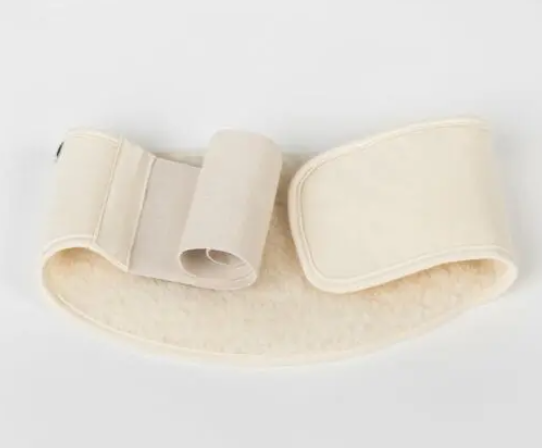
Why Merino Wool Medical Supports are Superior Pain Relievers
Merino wool is one of the most premium materials, traditionally for winter wear. It feels soft, lightweight, and has excellent thermal properties. Furthermore, it’s also naturally odour-resistant — a huge bonus if you are wanting to use your medical support for extended periods of time.
This guide will explain everything you need to know about this exceptional fibre to get the best possible results from this beloved material that is perfect for helping you through recovery. Hide Rugs offers a range of Merino Wool medical supports for various ailments, such as joint support for wrist and knee, as well as lower back pain.
What Is Merino Wool?
Merino wool is a type of sheep wool that is renowned for its exceptional softness, natural odour resistance, and breathability. It’s a staple fibre for high-quality winter apparel because it offers tons of warmth without being too heavy or thick. This is due to merino wool having a high ratio of surface area compared to its volume. This enables it to transfer heat away from the skin and into the surrounding environment quickly.
Merino is also naturally moisture-wicking, which helps to regulate body temperature and maintain optimal thermal regulation. Its natural antibacterial properties also make it ideal for use in socks and other garments that come into contact with the skin. As a result, merino wool is especially suitable for medical supports as it is clean, mould/bacteria resistant, and helps you to keep the affected area temperature regulated – unlike traditional medical supports.
How Does Merino Keep You Warm?
As mentioned above, merino wool’s high ratio of surface area compared to volume allows it to quickly transfer heat from the inside of your clothing to the outside. This makes merino wool one of the best materials for protecting injuries amongst the more vulnerable community, as it keeps you warm without adding too much bulk or weight.
Merino also has excellent thermal properties — it retains warm air next to the skin and transfers excess heat outwards through the fabric. As such, it is often used in thermal underwear and base layers to keep your body warm while also wicking away perspiration that can lead to overheating. Merino is also great at managing moisture, which can be especially helpful in winter as you may get wet from precipitation as well as from your own sweat. Merino wool’s fast-acting ability to wick moisture away from the skin makes it ideal for use in cold weather.
Merino Wool vs. Other Fibres
Merino wool is often compared to other popular fabrics such as cashmere, silk, and synthetic fibres like polyester. These fabrics are often cheaper than merino and may seem like a better choice for the budget-minded shopper. However, merino wool has many advantages over these fabrics, primarily as it is much more durable. This is because merino wool is able to retain its thermal properties even when it’s wet.
By comparison, cashmere — an extremely luxurious fibre — loses most of its properties when it becomes wet. The durability of merino wool allows your medical support to remain tight and firm, enabling compression where you need it most, without losing its shape when used in high movement areas such as joints. The softness of the material enables a micro-massage effect and reduces skin irritation, which will allow for maximum comfort to the wearer.
Merino Wool Care And Maintenance
Merino wool is a very low-maintenance fibre that can last a long time if cared for properly. You should wash merino wool garments by hand in cold water without any added detergent, however if you do choose to machine wash it should be on a wool setting. Hang it to dry and do not iron or tumble dry. Some merino wool garments come with special care instructions, so it’s important to read the care tag before washing your garment. One thing to keep in mind when caring for your merino wool garments is that they need special attention when it comes to storing them. Merino wool is very prone to attracting pests like moths, so it’s important to keep your merino garments free of dust and lint.
